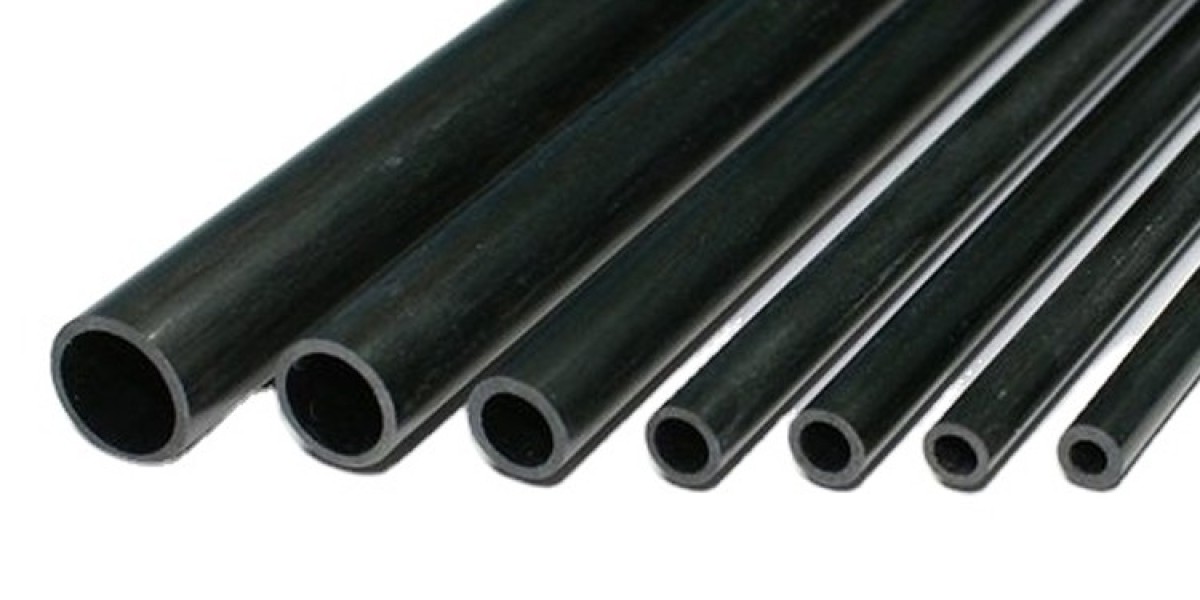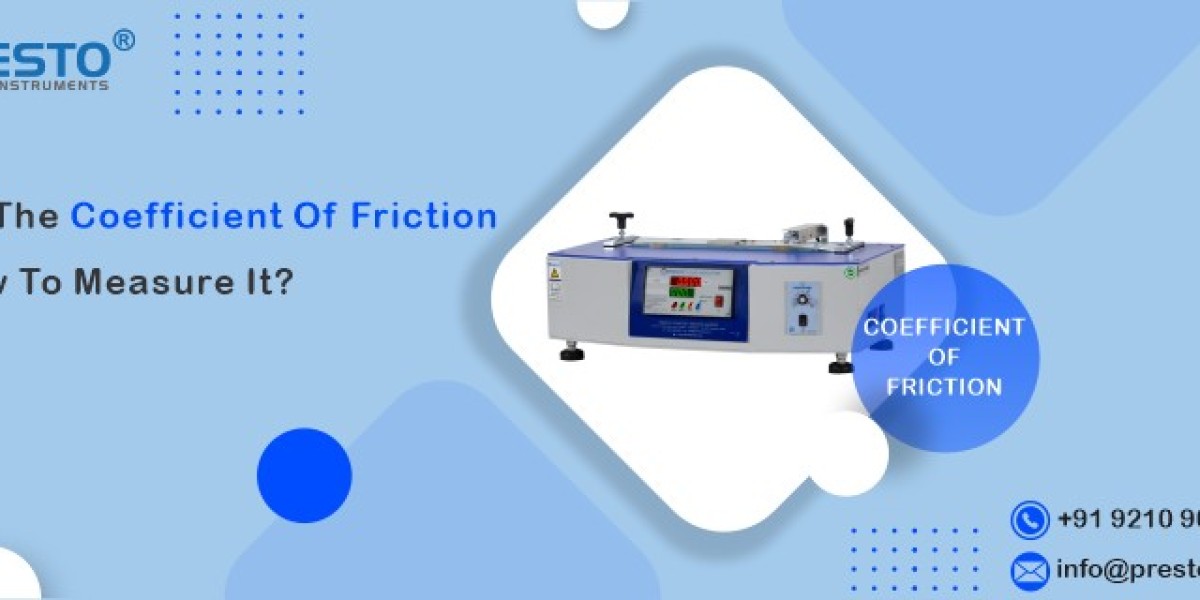Carbon fiber weaves refer to the patterns created by interlacing carbon fiber strands or threads together to form a fabric-like material. The strong, lightweight and high-performance material is composed of thin strands of carbon atoms. The woven fabric is used in a wide range of carbon fiber products across various industries. There are different types of carbon fiber weaves, each with its unique pattern and characteristics.
Some common carbon fiber weave patterns include:
Plain Weave: This is the simplest and most common weave pattern where the strands interlace in an over-under pattern, creating a checkerboard-like appearance.
Twill Weave: The pattern produces diagonal lines on the fabric with distinctive "V" shape. It is often used in high-performance applications, as they provide excellent strength and durability.
Satin Weave: A more complex pattern that results in a smooth, glossy surface. It has fewer interlacing points compared to plain or twill weaves, giving it a unique aesthetic appeal.
Basket Weave: Creating a basket-like appearance with a strong geometric pattern, the multiple fiber strands running side by side in both the warp and weft directions.
Harness Satin Weave: This combines elements of satin and twill weaves. It produces a smooth surface with distinct diagonal lines, providing a balance of strength and aesthetics.
Roll-wrapped carbon fiber tubes and sheets are available in all of these patterns, depending on the aesthetic without significantly having any impact on the characteristics of the composite material.
How are Carbon Fiber Weaves Manufactured?
Carbon fiber weaves are manufactured through a multi-step process that involves several stages. Here is a general overview:
Raw Material Preparation: The process begins with the production of carbon fiber, which starts with a precursor material, often polyacrylonitrile (PAN) or pitch. The precursor material undergoes spinning and stabilization processes to create carbon fiber filaments.
Filament Formation: The composite filaments are then bundled together to form a larger fiber bundle called a tow. The tow typically consists of thousands of individual filaments.
Preparing the Weaving Material: Next, the carbon fiber tow is typically spread into a flat sheet or tape. This can be done by arranging the tow side by side, often with a thin layer of sizing material applied to aid handling and processing.
Weaving Process: Worked with interlacing the carbon fiber sheets or tapes using a loom or weaving machine. The weaving machine operates by lifting and lowering different warp (vertical) and weft (horizontal) threads to create the desired weave pattern. Various weave patterns, such as plain weave, twill weave, satin weave, or basket weave, can be achieved depending on the desired characteristics of the final product.
Impregnation: After weaving, the carbon fiber weave may undergo an impregnation process where it is infused with a resin matrix. The resin, often epoxy, is applied to the weave to provide strength, stiffness, and protection. The impregnation process can be done through methods like resin infusion, resin transfer molding, or hand lay-up.
Curing: Once the carbon fiber weave is impregnated with resin, it undergoes a curing process. Curing involves subjecting the material to heat and pressure, which activates the resin and causes it to harden. The curing process ensures that the carbon fiber weave and resin matrix form a strong composite structure.
Finishing and Trimming: After curing, the carbon fiber weave is trimmed to the desired size and shape. Excess material is removed, and the edges are often finished to achieve a clean and smooth appearance.
Quality Control: Throughout the manufacturing process, quality control measures are implemented to ensure the final product meets the required specifications. This may involve inspections, testing, and verification of the carbon fiber weave's properties, such as strength, weight, and weave integrity.
It's important to note that the specific manufacturing processes and techniques can vary depending on the intended application and the manufacturer's capabilities. Advanced manufacturing methods, such as automated machinery and computer-controlled processes, may be employed for higher precision and efficiency.
What Carbon Fiber Products Use Carbon Fiber Weaves?
Each carbon fiber weave pattern offers different properties and characteristics, including strength, flexibility, weight, and appearance. The choice of weave pattern of carbon fiber tubes, sheets, CNC parts, etc. depends on the intended application and desired outcome, such as aerospace, automotive, sporting goods, or consumer products.
Aerospace and Aviation: Weaves are found in components such as aircraft fuselages, wings, empennage structures, and interior panels.
Automotive: Used in hoods, roofs, fenders, and interior trims.
Sporting Goods: Widely utilized in bicycles, tennis rackets, golf clubs, fishing rods, and hockey sticks.
Marine: Used in the manufacturing of boat hulls, masts, and other structural components.
Industrial and Mechanical: Utilized for robotics, machinery components, tooling, and equipment.
Medical Devices: The asetic weaves are used for the design of prosthetics, orthopedic implants, and surgical instruments.
Consumer Products: The beautiful weave patterns add beauty and functionality to products such as watches, wallets, phone cases, and fashion accessories.
Civil Engineering and Construction: Used for reinforcing concrete structures, bridges, columns, and beams making it structurally functional as well as beautiful.
The versatility and performance characteristics of carbon fiber weaves make it a valuable material in numerous industries seeking lightweight and high-strength solutions.
Source by- https://www.ekademia.pl/@nitprocomposites/post/what-are-carbon-fiber-weaves-and-their-applications
 " class="wow_main_float_head_img">
" class="wow_main_float_head_img">






